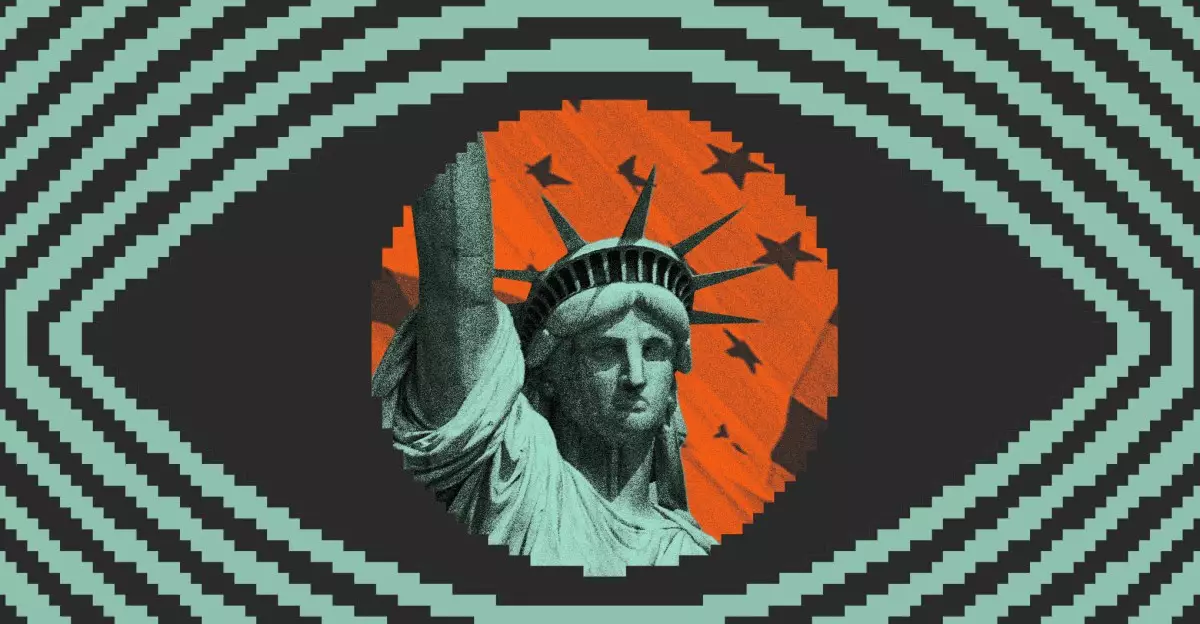The recent announcement of New York City’s partnership with Citizen marks a significant shift in urban safety management. On the surface, the collaboration promises faster, more targeted emergency responses by integrating citizen-shared footage and real-time alerts. City officials emphasize the potential benefits—public safety agencies can now access a wealth of user-generated videos and disseminate alerts based precisely on location. This move reflects a broader trend towards leveraging technology to bolster law enforcement and emergency preparedness. However, beneath this veneer of progress lies a complex web of privacy concerns, potential misuse, and community distrust that warrants a deeper critical analysis.
While the city’s initiative seems to enhance situational awareness, it effectively blurs the lines between safety and surveillance. Citizens contribute their videos voluntarily but with varying degrees of awareness about how their footage might be used or shared. The platform’s opt-out feature offers some reassurance, yet it leaves ambiguity regarding the visibility and accessibility of their content for public authorities. Ultimately, this partnership consolidates a model where public spaces are increasingly monitored not just by cameras but by the collective vigilance of the community, raising questions about how much control individuals maintain over their own images.
Technological Collaboration: A Facilitator of Rapid Response or a Means of Encroaching on Privacy?
The alliance with Axon’s Fusus platform further exemplifies the technological trend of integrating law enforcement tools into everyday life. By connecting Citizen’s video sharing capabilities with Axon’s real-time crime management system, authorities can now swiftly review user-uploaded footage linked to ongoing investigations. This technically advanced setup promises swift action—potentially saving lives during emergencies. However, it also signifies an alarming shift where individual citizens’ privacy is increasingly compromised in the name of public safety.
The problem intensifies considering how this system interacts with existing surveillance infrastructures, like Ring cameras. Law enforcement’s ability to request footage from private security installations broadens the scope of surveillance, often without explicit consent from residents. While warrants remain a boundary, the expanding access and rapid retrieval mechanisms create a slippery slope toward mass surveillance. The community’s understanding of such systems—as protective or intrusive—is crucial, yet often limited, leaving people vulnerable to unwittingly becoming part of a government-led monitoring apparatus.
The Ethical Dilemmas and Public Trust: Will Safety Overreach Erode Community Confidence?
While the potential for quicker response times can undoubtedly assist in critical moments—fire outbreaks, violent incidents, or weather disasters—the broader implications on civil liberties are troubling. Citizen’s reputation as an app that has previously faced criticism for promoting vigilantism and evolving into a tool for law enforcement risk shifts societal perception. Although the app allows users to opt out of direct footage sharing, the public nature of video content remains, calming doubts that their contributions could be exploited beyond initial intentions.
Moreover, the risk of misuse or misinterpretation looms large. History has shown that public safety initiatives that concentrate power within authorities often lead to overreach, bias, or wrongful accusations. The involvement of law enforcement in the app’s ecosystem could gradually normalize widespread surveillance, fostering a culture of mistrust among communities already wary of police encroachment. This is particularly pressing in marginalized neighborhoods, where tensions around policing and surveillance are already high.
As the public becomes more aware of how their digital footprints are leveraged, community backlash could undermine the very safety objectives these systems aim to achieve. The challenge lies in balancing innovative safety measures with transparent policies that respect individual rights. As the partnership deepens, it’s vital to scrutinize whether the benefits truly outweigh the risks and whether democratic oversight can keep pace with technological advancements.
The New York City-Citizen collaboration exemplifies the future trajectory of urban safety—an intertwined fabric of technology, surveillance, and community participation. While the promise of rapid alerts and crowd-sourced video evidence is alluring, the inherent risks to privacy and civil liberties cannot be ignored. As cities look to harness these tools, a conscious effort must be made to forge policies rooted in transparency, accountability, and respect for individual autonomy. Without such safeguards, these initiatives risk transforming urban environments from vibrant communities into monitored zones where privacy is sacrificed at the altar of safety. Achieving this delicate balance will define whether such partnerships serve their intended purpose or become instruments of unwarranted oversight.

